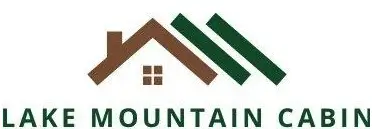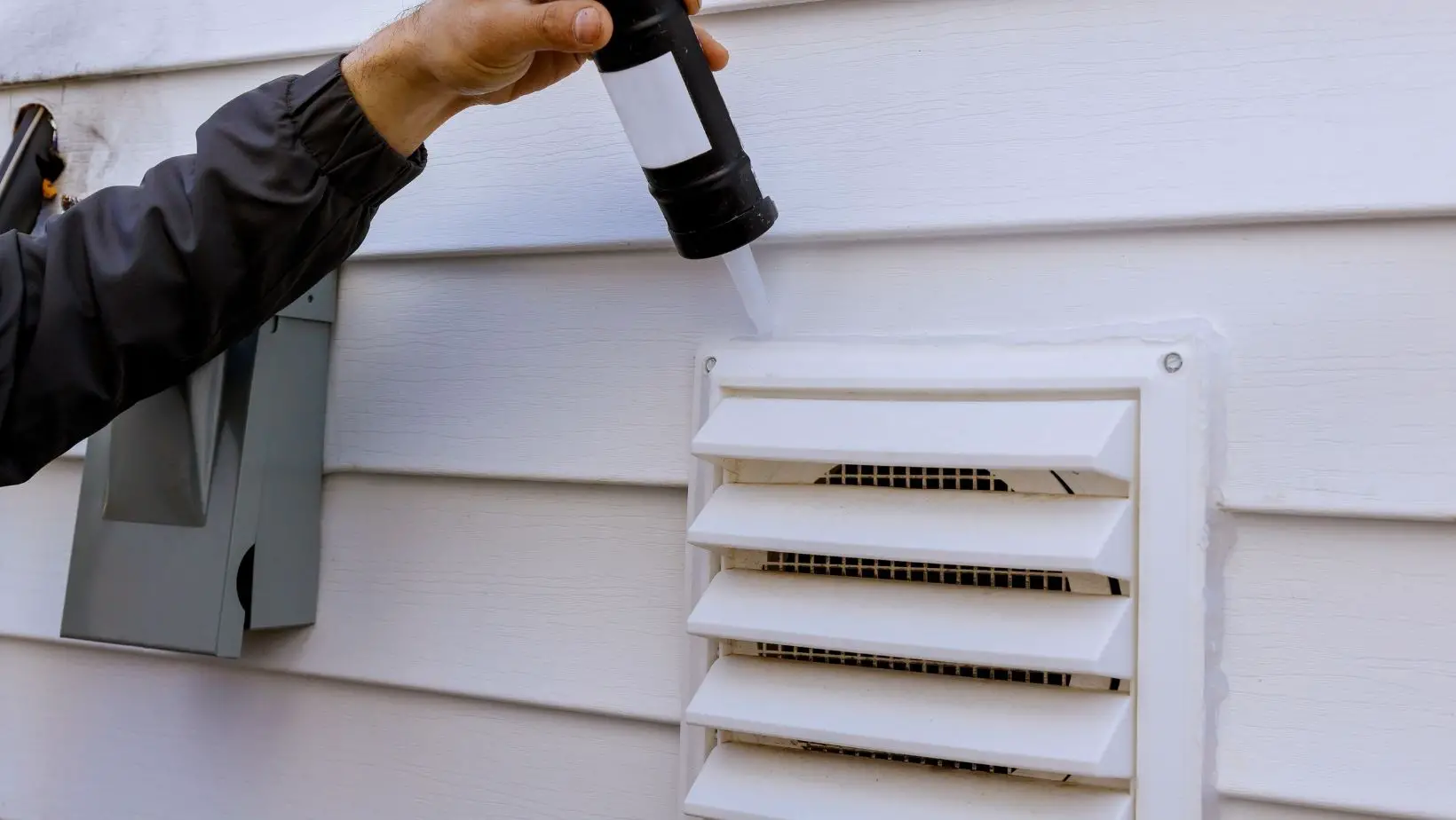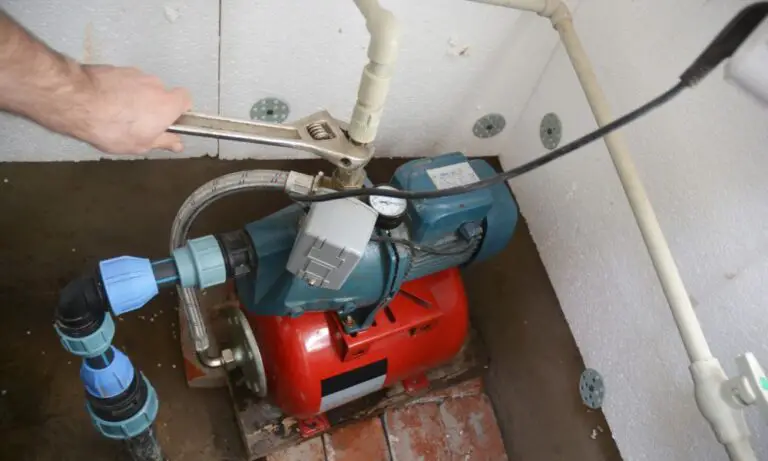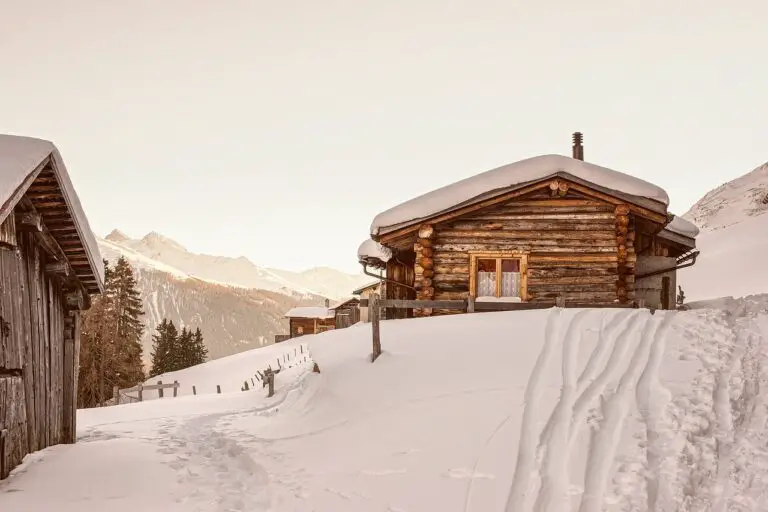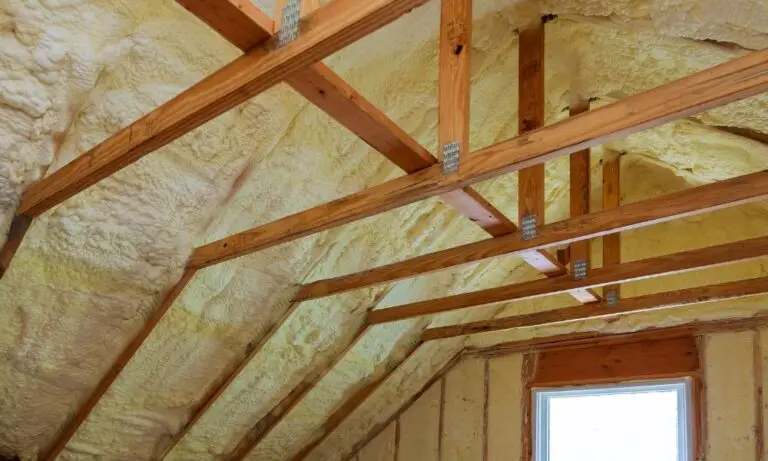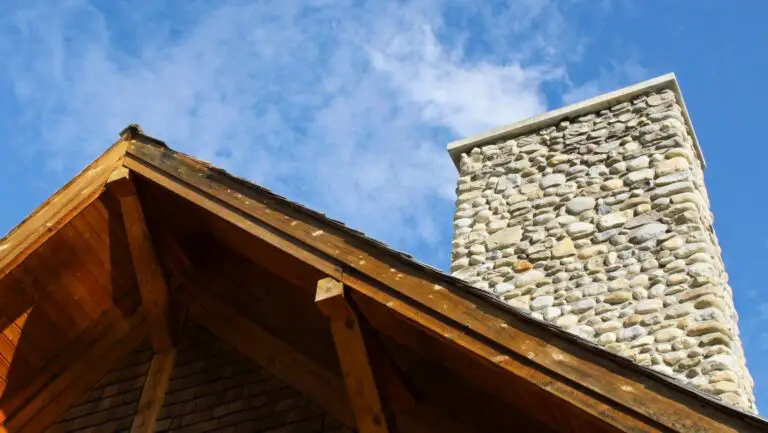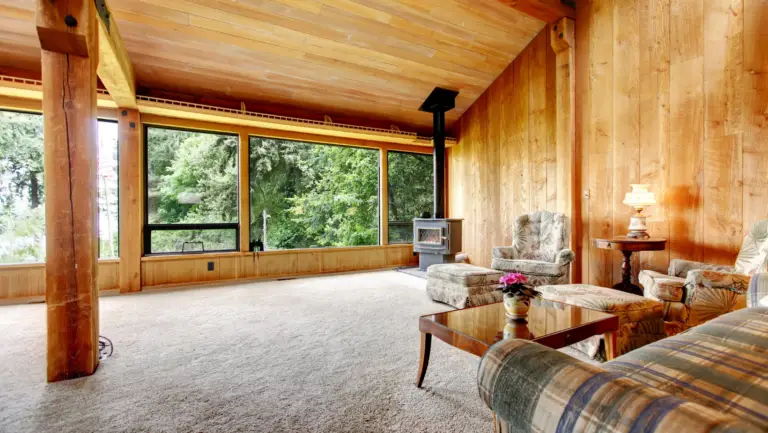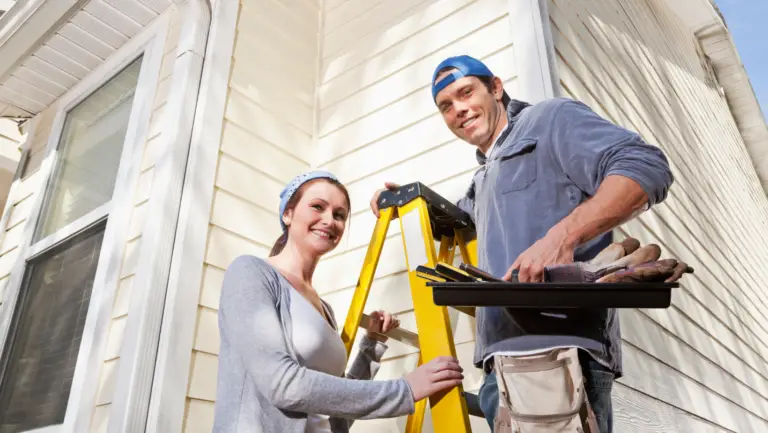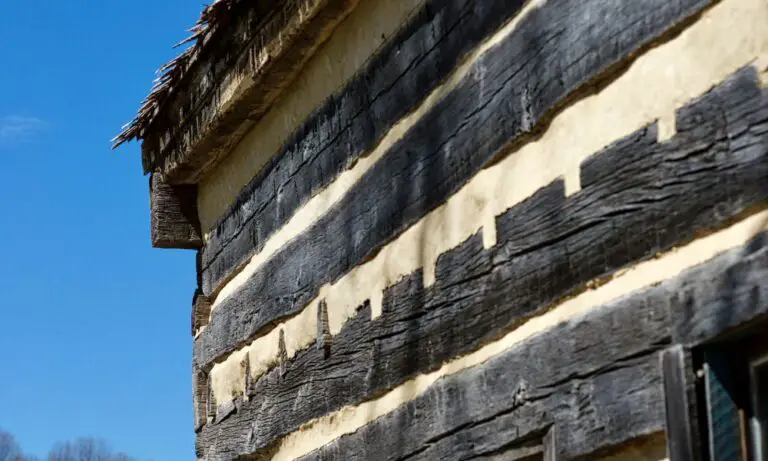Whether you’re sealing or re-sealing, the task of sealing log homes can seem daunting. However, with the right knowledge and tools, sealing your log home can be simple and quick.
In this guide, we’ll walk you through the basics of sealing log homes, including tips for choosing the right sealant, preparing your logs for sealing, and applying the sealant in a professional manner.
If you’re ready, let’s dive in and learn everything you need to know about sealing log homes!
Best Products For Sealing Log Homes
First up we need to talk about the best sealing products available for log homes. There are many options, but some of the most popular sealing products include:
Clear sealants: These are great for protecting your logs from UV damage and extending their lifespan. They also impart a beautiful sheen to your home’s exterior that is sure to add curb appeal. You can also use them inside on log cabin homes and kitchens.
Coloured sealants: If you’re looking for a more dramatic effect, coloured sealants are a great option. They come in a wide range of colours and can help to add character to your home’s exterior.
Rust-inhibitor sealants: If you live in an area that is prone to rusting or corrosion, it’s important to use a sealing product that includes a rust inhibitor. This will help to keep your logs looking beautiful and prevent unsightly damage.
Exterior stains: These sealing products come in a range of colors and can be used to add some extra style and protection to your log home. We’ve written a whole guide to staining log homes!
When sealing log homes, it’s also important to be mindful of the type of sealant you’re using and how it interacts with certain exterior features. For example, if you have metal hardware or trim on your home, make sure to use a sealing product that is compatible with those materials.
Preparing Your Logs For Sealing
Once you’ve chosen the right sealing product, it’s time to prepare your logs for sealing. The first step is to power wash your logs using a low-pressure setting. This will remove any dirt, dust, or debris that has accumulated on your logs over time.
After power washing, it’s important to let your logs dry completely before sealing. This can take anywhere from 24 to 48 hours, depending on the weather conditions. Once your logs are dry, it’s time to start sealing!
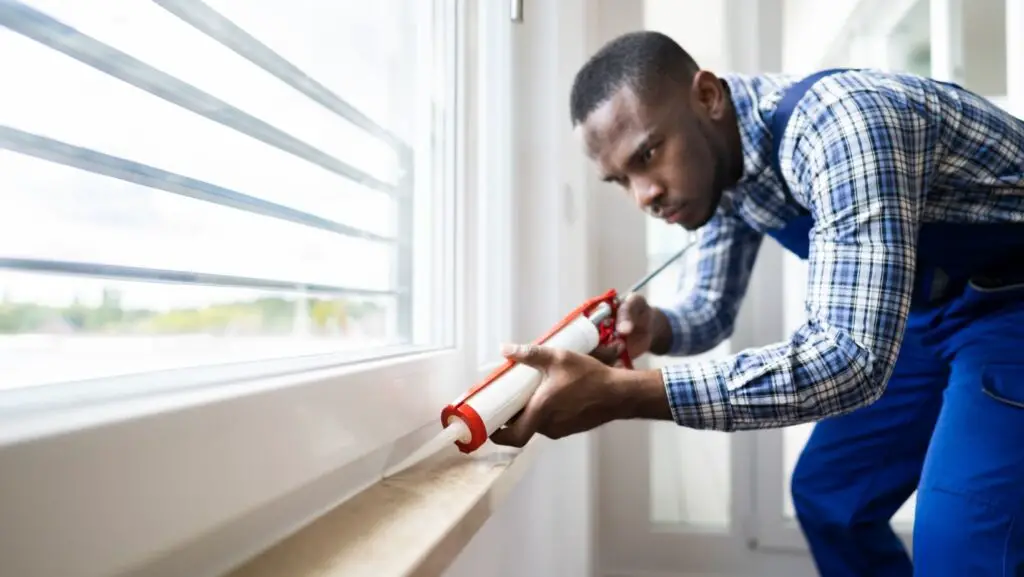
Applying The Sealant
When applying the sealant, it’s important to follow the manufacturer’s instructions carefully. In most cases, you’ll want to apply the sealant using a paintbrush or roller. Start at the bottom of your logs and work your way up, applying an even coat of sealant as you go.
Once you’ve applied the sealant, allow it to dry for the amount of time specified by the manufacturer. In most cases, this will be 24 to 48 hours. Once the sealant is completely dry, your logs should be well-protected from water damage from the elements.
Ongoing Maintenance For Log Home Sealing
While sealing your log home is a great way to protect it from the elements, it’s important to note that sealing is not a permanent solution. Most sealants will need to be reapplied every 3 to 5 years, depending on the severity of the weather conditions in your area.
If you live in an area with particularly harsh winters, it’s a good idea to inspect your sealing product annually and reapply if necessary. Taking the time to properly maintain your sealing product can help to keep your logs looking beautiful and protected for years to come and will help with insulation
Roof Sealant vs Window Sealant
When sealing your log home, it’s important to consider whether you need log home roof sealant or window sealant. While both products serve similar functions, there are some key differences that can impact which sealing product is right for your home.
Roof sealants typically contain UV inhibitors and are designed to protect the wood from sun damage, while window sealants are typically clear and designed to protect the glass from water damage.
If you’re not sure which sealing product is right for your home, it’s a good idea to consult with a professional. They can assess your needs and recommend the best sealing product for your log home.
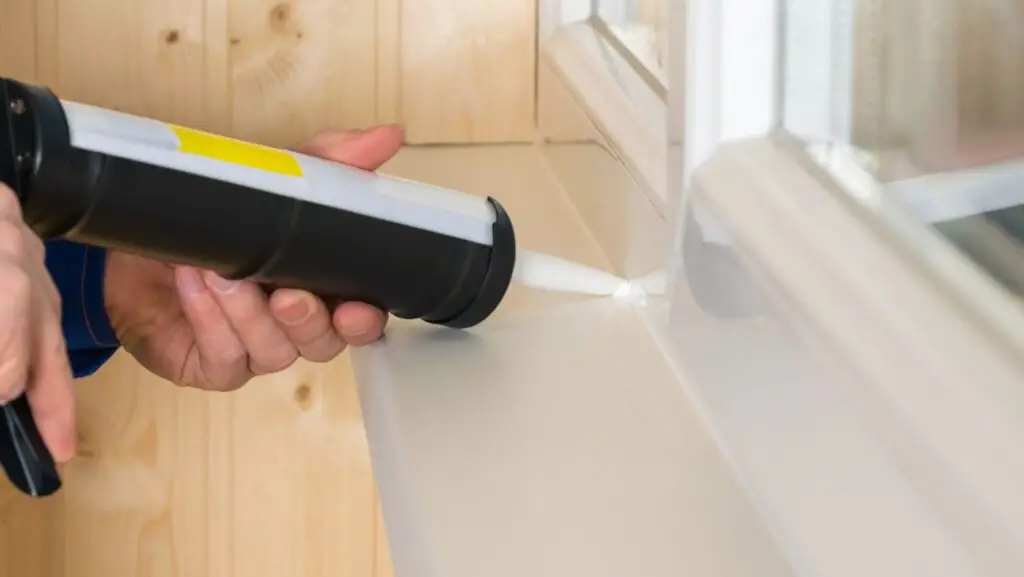
Final Top Tips For Sealing Log Homes
When sealing your log home, it’s important to choose the right sealing product for your needs. There are a variety of sealing options available, including clear sealants, coloured sealants, rust-inhibitor sealants, and more.
In addition to choosing the right sealing product, it’s also important to prepare your logs properly before sealing. This includes power washing your logs and allowing them to dry completely.
Once you’ve chosen the right sealing product and prepared your logs properly, you’re ready to start sealing! Apply the sealant using a paintbrush or roller, starting at the bottom of your logs and working your way up. Allow the sealant to dry for the amount of time specified by the manufacturer.
Wrapping Up
Whether you’re sealing log homes for the first time, looking to refresh your existing sealing or trying to extend your log cabin lifespan, sealing your home is a task that can easily be done with the right tools and knowledge. So why wait? Get started today, and enjoy all of the benefits that sealing your log home has to offer!
